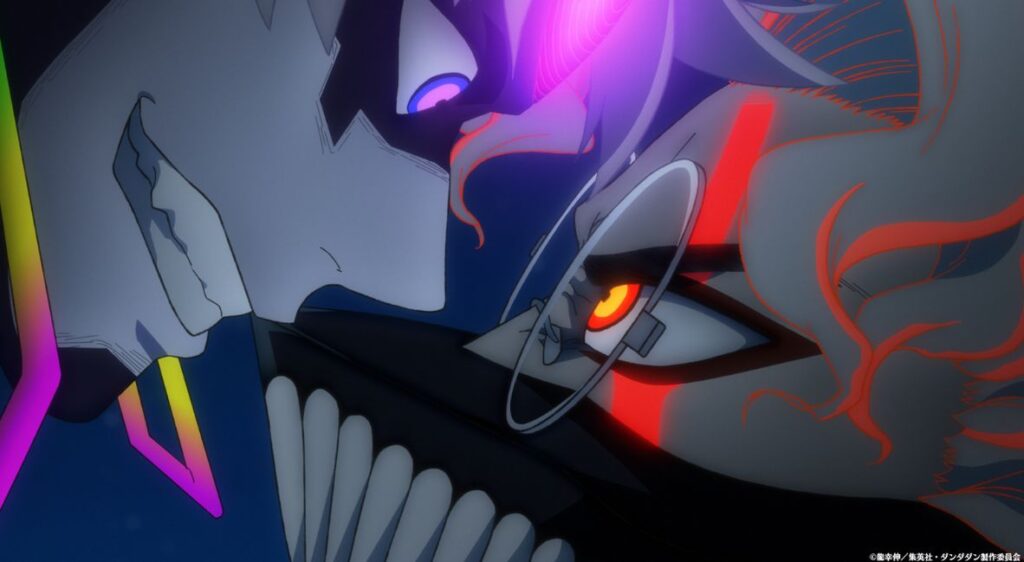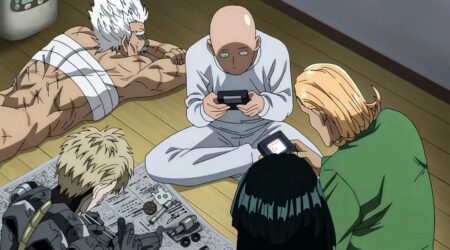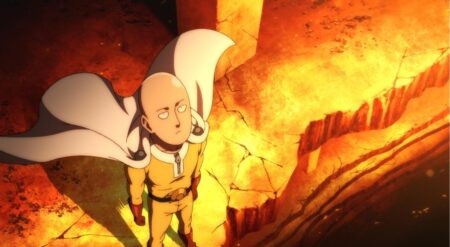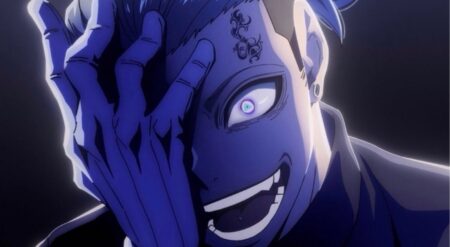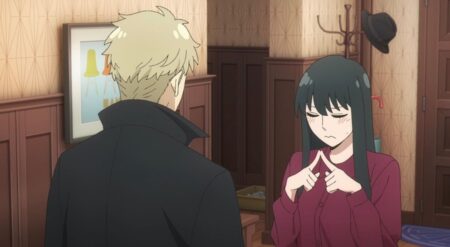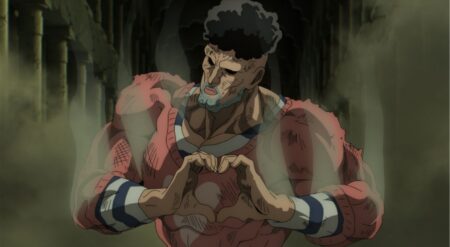Following the success of Season 1, the spectacular DanDaDan Season 2 raised the bar. Based on the manga by writer and illustrator Yukinobu Tatsu, and produced by the formidable Science Saru, the series continues to demonstrate what happens when artists are given the time to home in on the details of an adaptation. Through its pulsating vibrancy and lovable characters, the story shows no signs of wavering energy.
DanDaDan Season 2, like its predecessor, splits itself into two stories. And, also like the predecessor, the first is easily the most interesting, though there’s a better momentum this time around that keeps the engagement going.
The Evil Eye arc is one of the very best of the manga, and the execution of the storyline leaves nothing lacking. The way the story develops highlights the kindness of our protagonists and their unwavering spirit while also showcasing new ways for the art style to warp and expand to fit the specifics of the storyline.
DanDaDan Season 2 makes an immediate and striking impression.
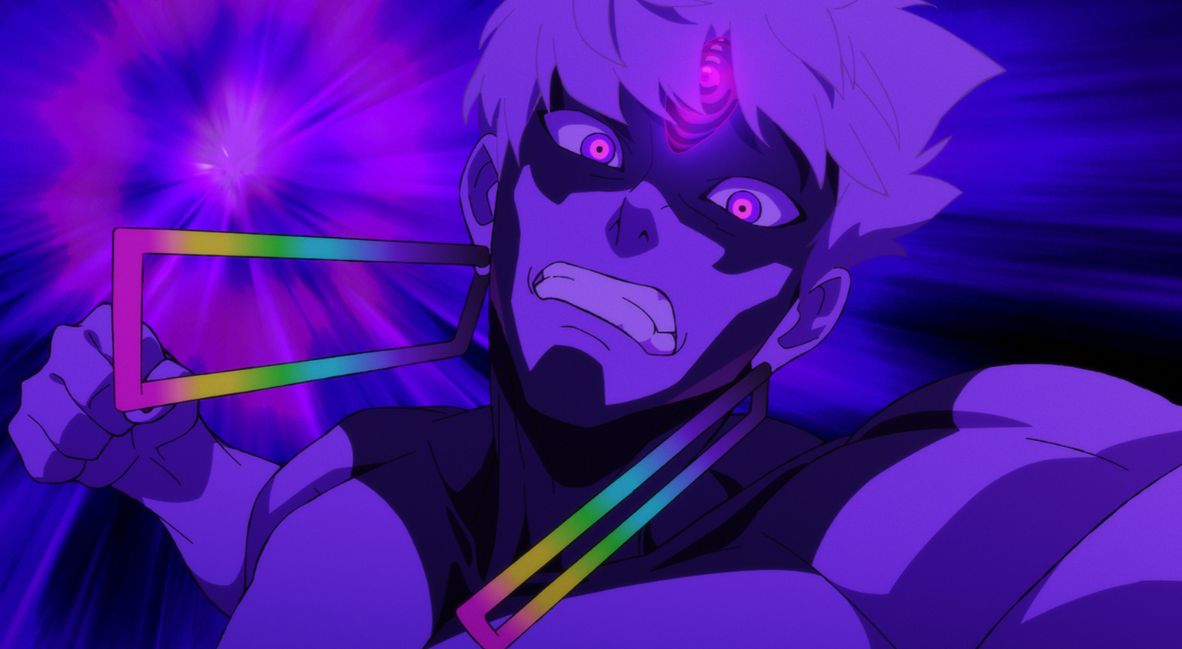
This is one of the ways in which DanDaDan excels. While there’s undoubtedly a consistency to the style and tone, the animators aren’t afraid to play with the aesthetic and vibe to fit the details of the stories being told in the moment.
Like the season one heartbreaker, “To a Kinder World,” Season 2 offers up emotional vitality in the backstory of the Evil Eye through grungier, overly lined character models. The Masaaki Yuasa influence is evident in the flashback, where the lines become less static, exhibiting the tension and fear of the characters as they endure unspeakable loss.
The Evil Eye storyline opens DanDaDan Season 2 up for even greater animation moments with some truly jaw-dropping visuals. Take, for instance, “You Can Do It, Okarun,” which unleashes an excess of spectacle. Beyond just the animation of the scene, there’s also how it’s colored and presented.
The beauty is in the details: everything is purposeful.

We’ve seen how anything dealing with the spiritual is blanketed in blacks and reds, while alien moments adopt swaths of green. The Evil Eye envelops the screen in electrifying purples. Here, we watch as life bleeds back into the present through the tips of a character’s hair to the ghosts they’re fighting.
Everything is purposeful. DanDaDan revels in a near-constant state of chaos as the story continues to push itself past our expectations. A kaiju appears? Sure, alright. A kaiju appears, prompting the leads to create a giant mecha out of alien-gifted nanoskin? Ridiculous but plausible for this world. Said kaiju is actually a suit being manned by a female alien? You simply can’t predict it.
And yet that chaos works so well because of the thought put into each beat and narrative decision. The arrival of the Hayashi band is effective due to the slow buildup and the genuinely infectious song they perform. It’s not just that Okarun (Natsuki Hanae) and Momo (Shion Wakayama) are lovable because they’re clearly endgame, but also because the voice actors are delivering fantastic and layered performances – arguably two of the best currently in the medium.
The greatest moments are found in character-driven interactions, devoid of chaos.
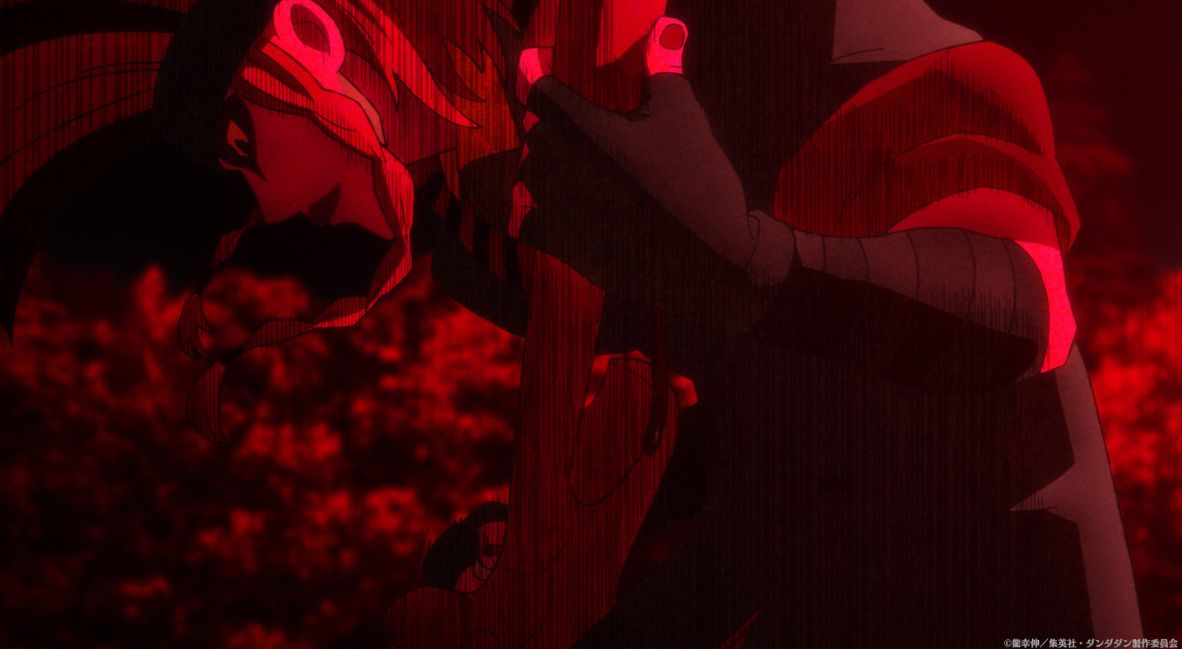
Turbo Granny (Mayumi Tanaka) isn’t just funny because we know it’s an ancient spirit trapped inside the Lucky Cat (or because One Piece fans can spot Luffy’s voice actress a mile off), but because of the feline-like details of her expressions and the background mischief she gets into.
There’s a reason for everything, something DanDaDan Season 2 capitalizes on to great effect. It’s why one of their most down-to-earth episodes, where Okarun, Momo, and Aira (Ayane Sakura) babysit Jiji (Kaito Ishikawa) to prevent him from transforming into the Evil Eye, is also one of the best of the series to date. It takes care to both highlight the small, character-driven moments while also adding texture and detail to moments the manga brushes past.
While the back half isn’t quite as interesting, that’s only because we’ve grown so accustomed to our group of misfits that Kinta’s (Daichi Fujiwara) addition takes a second to gel with. However, the anime invests considerable effort in making him more likable than his initial introduction in the manga. His rougher edges are softened down, and his introduction is genuinely hilarious and oddly moving. Because even if he begins as a bit of an ostracized loner, we know he’s about to find his people – albeit reluctantly on both ends at first.
The characters are the heart of DanDaDan and the reason we care.

Because, more than Season 1, DanDaDan Season 2 highlights the found-family element of the series that is so crucial to its success. One of the more wonderful, recurring bits in the series is the shot of Seiko Ayase’s dining room table as it slowly fills up – a striking contrast to Okarun’s first meal there, sat alone. The heart of the series is this storytelling motif—the idea of one teenager’s loneliness and how one connection transforms his entire life.
As they grow closer, Momo and Okarun’s circle expands. From just the two of them, to Aira’s unlikely joining, then Jiji, and now Kinta, their adventures are punctuated by those who scramble on the rickety board along the way. Yes, there’s mayhem throughout, and the series loves itself some big, broad comedy. But none of it would matter or have the same effect if we didn’t care deeply about these characters.
DanDaDan Season 2 is a resounding success that delivers on our expectations following the exuberance of Season 1. Here is a perfect example of what an adaptation should strive to achieve when bringing a manga to life in animation. Justify its existence and, if possible, create something that manga can’t replicate. Both can shine in areas where the other can’t.
Make it cinematic. Stick to the story and the source, but bring it alive in ways that only the animated medium can. Because otherwise, what’s the point? DanDaDan shows genuine love for the source while finding new, surprising ways to breathe new life into the story.
DanDaDan Season 2 is available now on Crunchyroll and Netflix.
DanDaDan Season 2
-
Rating - 9/109/10
TL;DR
DanDaDan Season 2 is a resounding success that delivers on our expectations following the exuberance of Season 1. Here is a perfect example of what an adaptation should set out to do when bringing a manga to animated life. Justify its existence and, if possible, create something that manga can’t replicate.

